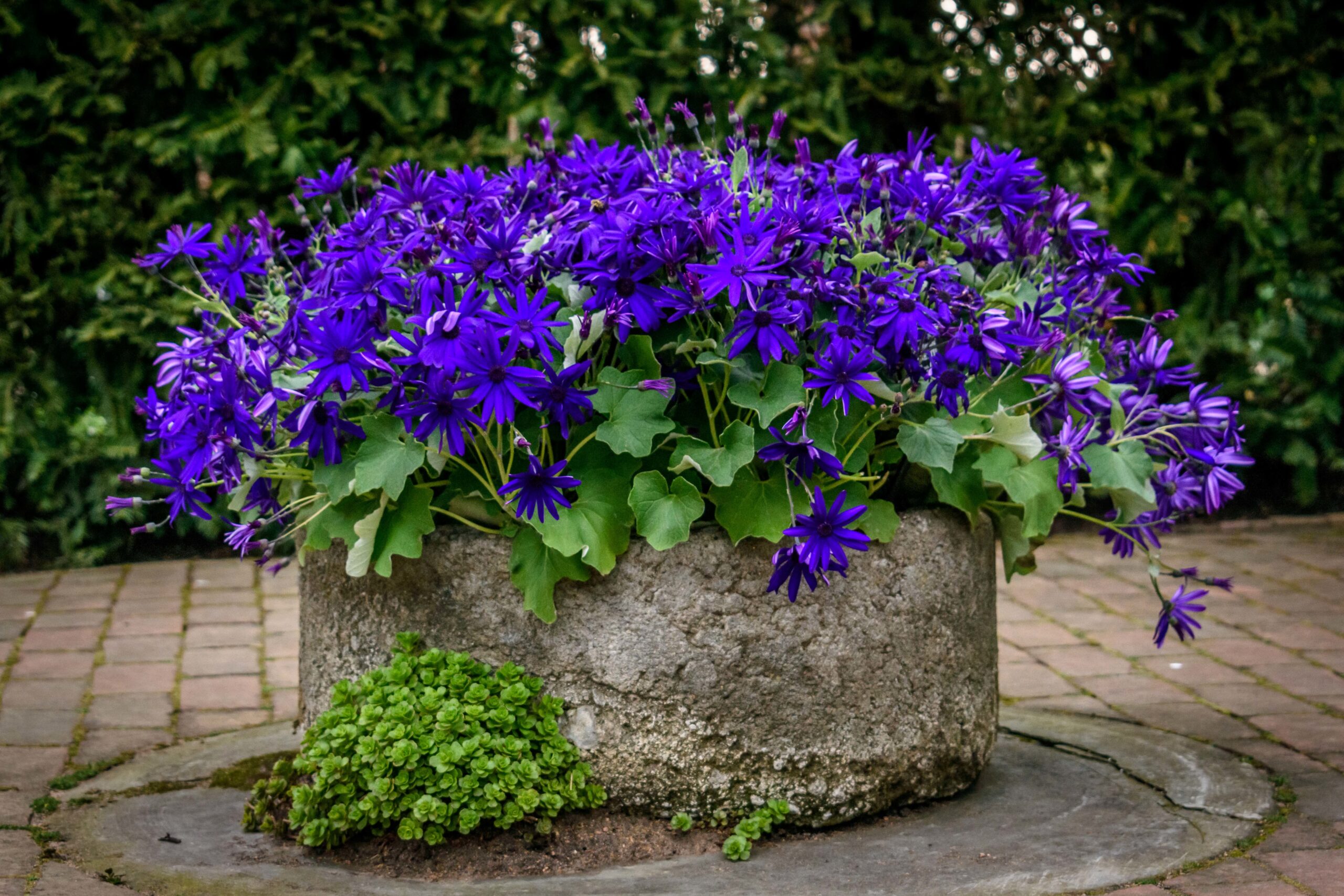Are you keen to enhance your garden’s charm and functionality with a bit of DIY flair? Creating your own planters and benches using concrete bricks is cost-effective and infuses your outdoor space with personal style. This guide will lead you through crafting your very own planter and bench, bringing both elegance and practicality to your garden.
Why Choose Concrete Bricks for Your DIY Project?
Concrete bricks are a superb choice for DIY garden projects. They are known for their durability, versatility, and ease of use. Whether you’re aiming for a modern, rustic, or classic garden look, concrete bricks offer a range of styles to suit your vision. They withstand various weather conditions, ensuring your DIY creations last for years.
Moreover, concrete bricks are low maintenance and environmentally friendly. By choosing to build with these materials, you’re beautifying your garden and making a sustainable choice.
Planning Your Project
- Design Inspiration: Start by visualizing the design. Do you prefer a minimalist planter or a more ornate bench? Sketch your ideas or create a mood board inspired by garden design websites and magazines.
- Selecting the Right Bricks: Visit our website to explore a range of concrete bricks. Consider different textures and colors that would complement your garden’s theme.
- Gathering Tools and Materials: Before embarking on this project, make sure you have all the necessary items:
- Concrete bricks – available in various styles, including traditional and stone pavers.
- Concrete adhesive is essential for solid construction.
- Measuring tape, level, trowel, and rubber mallet – crucial for accurate and easy building.
- Work gloves and safety glasses – always prioritise safety.
- Saw and sandpaper – if you need to customise the size of the bricks.
Building Your Concrete Brick Planter
- Designing the Planter: Begin by measuring and marking the dimensions of your planter, ensuring all sides are equal for a symmetrical appearance.
- Laying the Foundation: Apply concrete adhesive to the bottom of your first row of bricks. Place them on a level surface and tap gently with a rubber mallet to ensure uniformity.
- Stacking the Bricks: Continue adding adhesive and layering the bricks. Stagger them for added stability, akin to retaining wall blocks.
- Achieving the Desired Height: Repeat the process until your planter reaches your desired height. For a creative twist, consider integrating grass pavers for a distinctive look.
- Final Touches: Allow the adhesive to dry for 24 hours before filling with soil and starting your planting.
Constructing a Concrete Brick Bench
- Accurate Measurements: As with the planter, start by marking out your bench’s dimensions. Equal sides will ensure a balanced and comfortable seating area.
- Building the Base: Apply adhesive to your initial layer of bricks, ensuring they are level for a stable foundation.
- Erecting the Structure: Continue the process of stacking and staggering the bricks, applying adhesive with each layer. Think about the height and length that best fits your garden space.
- Completion: Allow your bench to set for a day. For added comfort, place a cushion or seating pad on it.
Personalising Your DIY Creations
After the construction of your concrete brick planter and bench, the exciting phase of personalisation begins. This is your opportunity to express your creativity and further harmonize your DIY projects with the existing garden aesthetic. Here are some creative ideas to inspire you:
Creative Customization Techniques
- Painting the Bricks: Choose from a palette of outdoor paints to add a splash of colour to your bricks. Whether you opt for earthy tones to blend with the natural environment or bold hues to make a statement, painted bricks can dramatically change the look of your planters and benches.
- Incorporating Decorative Tiles: Mosaic tiles can be used to create intricate patterns or simple, elegant designs on the sides of your planters and benches. This not only adds visual interest but also a touch of artistry. You can choose tiles that reflect the colours of your garden or pick designs that complement the overall theme.
- Embedding Stone Pavers: For a more subtle yet sophisticated look, consider embedding stone pavers into the surfaces of your creations. This adds a different texture and a touch of elegance, especially when combined with the rustic charm of concrete bricks.
Enhancing the Garden Environment
- Adorning with Garden Edging: Complement your DIY planters and benches with stylish garden edging. This defines the space and brings a cohesive look to your garden. You can use materials like concrete edging to create clean lines and borders around your plants or along pathways.
- Integrating Grass Pavers: Placing grass pavers around your bench or planter areas offers a delightful contrast in textures. This enhances the visual appeal and contributes to your garden’s eco-friendliness, allowing for better drainage and grass growth.
- Lighting for Ambiance: Consider adding outdoor lighting around your DIY projects. Soft, solar-powered lights can illuminate your bench and planter during the evening, creating a magical and inviting garden atmosphere.
- Accessorising with Plant Life: Finally, the choice of plants can significantly impact the overall appearance of your planters. Opt for a mix of perennial and seasonal flowers, herbs, or even small shrubs to bring life and color. For the bench area, consider placing potted plants on either side or hanging planters nearby to create a cozy, green nook.
Finishing Touches and Maintenance
Now that your DIY planter and bench are nearly complete personalise them with an outdoor paint or decorative elements like concrete pavers or tiles. Regular upkeep, including cleaning and inspecting for any damage, is essential for their longevity. Any cracks or wear can be easily fixed with concrete adhesive.
Conclusion
Creating your concrete brick planters and benches is more than just a weekend DIY project; it’s a journey towards personalizing your garden space functionally and stylishly. It’s about turning a vision into reality, where the fruits of your labour bring joy and satisfaction every time you step into your garden. Lawn Edging can also assist with your lawn mowing and garden maintenance, ensuring a beautifully kept landscape always surrounds your DIY creations.
We’d love to see how your project turns out! Share your completed DIY planter and bench with us, and inspire others to embark on their garden transformation journey. Embrace the challenge, unleash your creativity, and, most importantly, enjoy the process. Happy building!


